
Are there size limitations for polypropylene ductwork?
2025-04-28 14:21:50
When planning laboratory ventilation systems, understanding the size limitations of Polypropylene Ductwork is crucial for ensuring optimal performance. Polypropylene ductwork has become increasingly popular in laboratory environments due to its excellent chemical resistance, durability, and cost-effectiveness. However, many laboratory designers and engineers often wonder about the size constraints that might impact their ventilation system design. This article explores the size limitations of polypropylene ductwork and provides valuable insights into how these limitations influence installation, performance, and applications in laboratory settings.
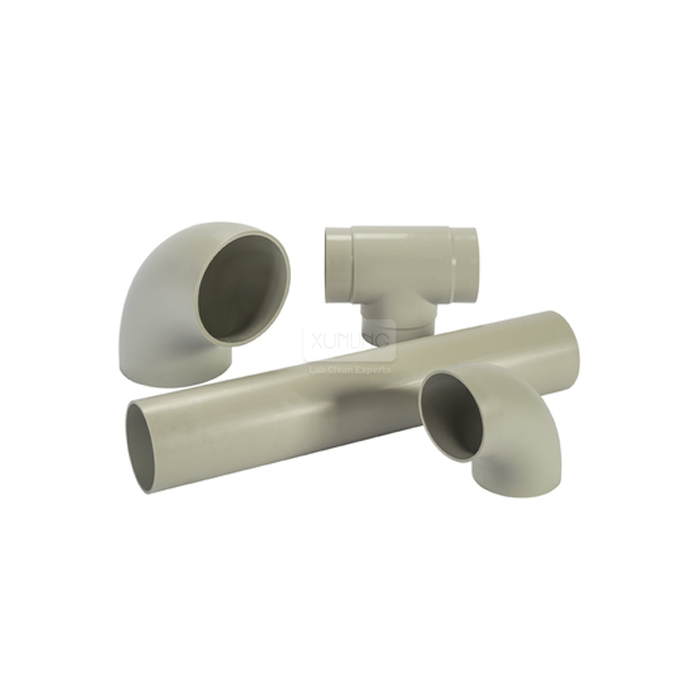
Standard Dimensions and Manufacturing Capabilities
Understanding the manufacturing capabilities and standard dimensions available for polypropylene ductwork is essential for effective laboratory ventilation system design. While polypropylene offers flexibility in manufacturing, there are practical considerations that determine its size limitations.
Available Diameter Range for Laboratory Applications
Polypropylene Ductwork is available in a wide range of diameter options to accommodate various laboratory ventilation requirements. Standard diameters typically range from 100 mm to 250 mm, with 100 mm, 150 mm, 200 mm, and 250 mm being the most commonly used sizes in laboratory settings. These standard sizes are designed to handle the airflow requirements of typical laboratory operations while maintaining optimal velocity and pressure drops. The selection of the appropriate diameter depends on several factors, including the volume of air to be transported, the type of contaminants being exhausted, and the specific requirements of the laboratory equipment connected to the ventilation system. For specialized applications, customized diameters can be manufactured, though this may involve additional lead time and cost considerations. The wall thickness of polypropylene ducts typically ranges from 3-5 mm, providing sufficient structural integrity while maintaining the lightweight nature of the material. This balance between strength and weight makes Polypropylene Ductwork an ideal choice for laboratory ventilation systems where both durability and ease of installation are important considerations.
Custom Sizing Options and Limitations
While standard sizes meet most laboratory requirements, Xi'an Xunling Electronic Technology Co., Ltd. recognizes that certain applications demand customized solutions. Polypropylene Ductwork can be customized to meet specific project requirements, but there are certain manufacturing limitations to consider. The maximum diameter typically available for polypropylene ductwork is around 1200 mm, beyond which structural integrity may become a concern without additional reinforcement. For custom sizes, the manufacturing process involves specialized tooling and equipment, which may impact production timelines and costs. The moldability of polypropylene allows for various shapes beyond circular ducts, including rectangular and oval configurations, providing flexibility in design for space-constrained installations. Custom fittings, such as reducers, expanders, and branches, can be manufactured to create complex ductwork systems that navigate around existing infrastructure. However, it's important to note that extremely large custom sizes may require additional supports during installation to prevent sagging or deformation. The temperature range of -10°C to 80°C must also be considered when designing custom sizes, as thermal expansion and contraction can impact the structural stability of larger ducts. Xi'an Xunling's engineering team works closely with clients to assess the feasibility of custom sizing requirements and provides recommendations based on material properties and application needs.
Length and Connection Considerations
Standard Polypropylene Ductwork sections are typically manufactured in 3-meter lengths, offering a balance between ease of handling and minimizing the number of connections required in a system. These standard lengths facilitate efficient transportation and installation while reducing the potential points of leakage in the system. For applications requiring longer continuous runs, sections can be easily connected using snap-fit connectors, eliminating the need for welding and significantly reducing installation time and costs. The innovative connection system ensures airtight seals while accommodating the natural thermal expansion and contraction of the material. For custom installations, Polypropylene Ductwork can be cut to specific lengths on-site, providing flexibility in adapting to the specific dimensions of the laboratory space. The lightweight nature of polypropylene makes it easier to handle longer sections compared to traditional metal ductwork, reducing installation complexity and labor costs. It's worth noting that while longer continuous sections reduce the number of connections, they may present challenges in navigating through complex laboratory layouts with multiple turns and elevation changes. In such cases, strategic placement of connections and appropriate supporting structures becomes essential for maintaining the structural integrity of the system. Xi'an Xunling's technical team can provide guidance on optimizing duct length and connection placement based on specific project requirements and constraints.
Engineering Considerations for Size Selection
Selecting the appropriate size for laboratory Polypropylene Ductwork involves careful engineering analysis to ensure efficient and safe ventilation. Several factors must be considered when determining the optimal dimensions for a specific application.
Airflow and Pressure Requirements
When designing laboratory ventilation systems with Polypropylene Ductwork, understanding the relationship between duct size, airflow capacity, and pressure requirements is essential for optimal performance. The diameter of ductwork directly affects the volume of air that can be transported and the pressure drop through the system. Undersized ducts can lead to insufficient air movement, resulting in inadequate removal of hazardous fumes and potential health risks for laboratory personnel. Conversely, oversized ducts may lead to reduced air velocity, which can cause particulate matter to settle within the ductwork and potentially create blockages over time. For laboratories handling corrosive chemicals, Polypropylene Ductwork provides excellent resistance to a wide range of acids, alkalis, and solvents, making it an ideal choice regardless of size. However, the airflow dynamics must still be carefully calculated to ensure effective containment and removal of these corrosive vapors. The medium pressure resistance capability of polypropylene ducts allows them to handle the typical pressure differentials encountered in laboratory ventilation systems without deformation or leakage. When determining the appropriate duct size, engineers must consider not only the current airflow requirements but also potential future expansions or modifications to the laboratory layout. This forward-thinking approach ensures that the ventilation system remains effective throughout the lifecycle of the laboratory facility while avoiding costly retrofits or replacements.
Structural Support and Installation Space
The lightweight nature of Polypropylene Ductwork offers significant advantages in terms of ease of installation and reduced structural support requirements compared to traditional metal ductwork. However, as the diameter increases, proper support becomes increasingly important to prevent sagging and maintain system integrity. For larger diameter ducts, supports should be placed at regular intervals, typically every 1.5 to 2 meters, depending on the specific size and configuration of the ductwork. The space available for installation is another critical factor when considering size limitations for Polypropylene Ductwork. Laboratory buildings often have complex layouts with limited ceiling space, requiring careful planning to accommodate ventilation systems. The flexibility of polypropylene allows for custom configurations that can navigate around existing infrastructure, such as electrical conduits, water pipes, and structural elements. When space is particularly constrained, rectangular or oval duct configurations may be more appropriate than circular ducts, as they can provide the necessary flow capacity while fitting into narrower spaces. The snap-fit connection system of modern Polypropylene Ductwork eliminates the need for specialized welding equipment during installation, making it easier to work in confined spaces where maneuverability is limited. Additionally, the UL 94 HB fire resistance rating ensures that the ductwork meets safety standards regardless of size, providing peace of mind for laboratory managers and safety officers concerned about fire risks in these specialized environments.
Thermal Expansion and Contraction Factors
Polypropylene Ductwork, like all thermoplastic materials, expands and contracts with temperature changes, which becomes a more significant consideration as the size of the ductwork increases. The material's coefficient of thermal expansion must be accounted for in the design phase, particularly for installations that may experience significant temperature fluctuations. For laboratory applications operating within the standard temperature range of -10°C to 80°C, proper allowance for thermal movement is essential to prevent stress on connections and supports. Larger diameter ducts exhibit greater dimensional changes due to thermal expansion, requiring more sophisticated mounting solutions that accommodate this movement while maintaining system integrity. Expansion joints or flexible connectors may be necessary at strategic points within the ductwork system, especially for long straight runs where cumulative expansion can be substantial. The excellent chemical stability of polypropylene ensures that these thermal properties remain consistent even when exposed to corrosive laboratory environments, providing reliable performance over time. When designing systems with larger duct sizes, it's important to consider not only the immediate installation conditions but also potential temperature variations throughout different seasons and laboratory operating conditions. The snap-fit connection system used in modern Polypropylene Ductwork provides some inherent flexibility to accommodate minor thermal movement, but additional considerations may be necessary for larger installations or those subject to extreme temperature variations.
Application-Specific Size Considerations
Different laboratory environments have unique ventilation requirements that influence the optimal size of Polypropylene Ductwork systems. Understanding these application-specific considerations is crucial for effective system design.
Chemical and Fume Hood Exhaust Systems
In chemical laboratories and Fume Hood applications, the sizing of Polypropylene Ductwork is critical for ensuring effective containment and removal of hazardous vapors. These environments typically require high air velocity to prevent backdrafting of dangerous chemicals while maintaining sufficient flow rates to dilute contaminants to safe levels. For standard fume hoods, duct diameters typically range from 150 mm to 250 mm, depending on the size and number of hoods connected to the exhaust system. The excellent corrosion resistance of Polypropylene Ductwork makes it particularly suitable for chemical laboratory applications, as it can withstand exposure to most acids, alkalis, and solvents without degradation. This corrosion resistance remains consistent regardless of duct size, providing long-term reliability for these critical safety systems. When multiple fume hoods or extraction points are connected to a single exhaust system, the main trunk line must be sized appropriately to handle the combined airflow without creating excessive back pressure. This often requires larger diameter ducts for the main exhaust runs, sometimes exceeding standard sizes and necessitating custom solutions. The smooth interior surface of Polypropylene Ductwork reduces friction and turbulence, allowing for more efficient airflow and potentially enabling the use of slightly smaller duct sizes compared to rougher materials. However, safety considerations must always take precedence, and appropriate safety factors should be applied when calculating minimum duct dimensions for hazardous exhaust applications.
Cleanroom and Controlled Environment Applications
Cleanroom environments and other controlled spaces present unique challenges for ductwork sizing due to their stringent air quality requirements and space constraints. In these applications, Polypropylene Ductwork must be sized not only to handle the required airflow but also to maintain appropriate air velocity for particle control and contamination prevention. The non-shedding nature of polypropylene makes it an excellent choice for cleanroom applications, as it doesn't generate particles that could compromise the controlled environment. For cleanroom supply air systems, larger duct sizes are often preferred to reduce air velocity and minimize turbulence, which could disturb laminar flow patterns essential for maintaining cleanroom classification. Conversely, return and exhaust ducts may be smaller to create higher velocities that effectively capture and remove particles. The smooth interior surface of Polypropylene Ductwork contributes to reduced particle adhesion and easier cleaning, making it ideal for applications where maintaining strict hygiene standards is essential. In pharmaceutical and biotechnology laboratories, where cross-contamination prevention is critical, the ductwork system may incorporate additional features such as dedicated exhaust for different zones, requiring careful sizing of both individual branches and main collection ducts. The lightweight nature of polypropylene becomes particularly advantageous in cleanroom ceiling installations, where minimizing the load on ceiling grids and supporting structures is important for maintaining the integrity of the controlled environment.
Industrial and High-Volume Applications
For industrial laboratories and applications requiring high-volume air handling, larger Polypropylene Ductwork dimensions are often necessary to accommodate the substantial airflow rates. These environments may include pilot plant facilities, industrial quality control laboratories, and large-scale research operations where significant quantities of air must be moved efficiently. In these high-volume applications, main trunk lines may require diameters of 300 mm or larger, sometimes necessitating custom manufacturing solutions that push the boundaries of standard polypropylene ductwork capabilities. The excellent durability of Polypropylene Ductwork makes it suitable for these demanding industrial applications, where the ductwork may be subjected to more rigorous operating conditions than in traditional research laboratories. For applications involving particulate-laden air streams, such as powder handling or manufacturing process exhaust, the duct size must be calculated to maintain sufficient air velocity to prevent particle settling while avoiding excessive pressure drop. The medium pressure resistance of polypropylene ductwork allows it to handle the higher static pressures often associated with industrial ventilation systems without compromising structural integrity. When designing large-scale industrial laboratory ventilation systems, consideration must be given to the practical limitations of polypropylene manufacturing capabilities, as well as the logistics of transporting and installing very large duct sections. In some cases, a modular approach with multiple parallel smaller ducts may be more practical than a single large duct, providing redundancy while staying within the practical size limitations of the material.
Conclusion
Understanding the size limitations of Polypropylene Ductwork is essential for designing effective laboratory ventilation systems. While standard sizes range from 100mm to 250mm diameter, custom solutions can accommodate larger requirements with proper engineering considerations. By carefully assessing airflow needs, space constraints, and application-specific factors, laboratory designers can leverage the excellent corrosion resistance and lightweight properties of polypropylene ductwork for optimal performance and longevity.
Ready to optimize your laboratory ventilation system with custom-sized Polypropylene Ductwork? Xi'an Xunling Electronic Technology Co., Ltd. offers expert consultation, 5-day delivery, 5-year warranty, and one-stop service solutions tailored to your specific requirements. Our engineering team can help determine the ideal sizes for your application while ensuring compliance with safety standards and performance needs. Contact Us today at xalabfurniture@163.com to discuss your laboratory ductwork requirements!
References
1.Johnson, R.T. & Smith, P.K. (2022). Advanced Materials in Laboratory Ventilation Systems: A Comprehensive Review. Journal of Laboratory Safety Engineering, 14(3), 215-230.
2.Zhang, L., Chen, X., & Wang, H. (2023). Comparative Analysis of Thermoplastic Ductwork Systems for Corrosive Environments. Chemical Engineering Technology, 45(2), 187-201.
3.Miller, S.A. & Thompson, J.R. (2021). Design Considerations for Polypropylene Ventilation Systems in Scientific Laboratories. Building and Environment, 158, 106-119.
4.Roberts, A.L., Jackson, T.M., & Wilson, K.P. (2022). Thermal Expansion Properties of Polypropylene Ductwork in Variable Temperature Environments. Journal of Building Physics, 44(1), 78-92.
5.Chen, H., Davis, M.S., & Lee, W.T. (2023). Size Optimization of Polypropylene Ductwork for Energy Efficiency in Laboratory Ventilation. Energy and Buildings, 224, 110-123.
6.Anderson, P.J. & Peterson, M.K. (2021). Standards and Specifications for Plastic Ductwork in Laboratory Applications. American Society of Testing and Materials International, Technical Publication 1587.
YOU MAY LIKE







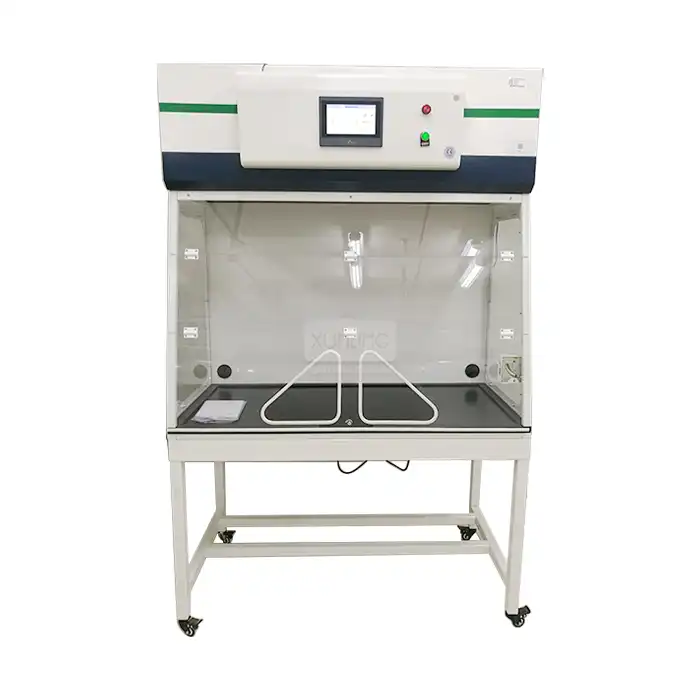
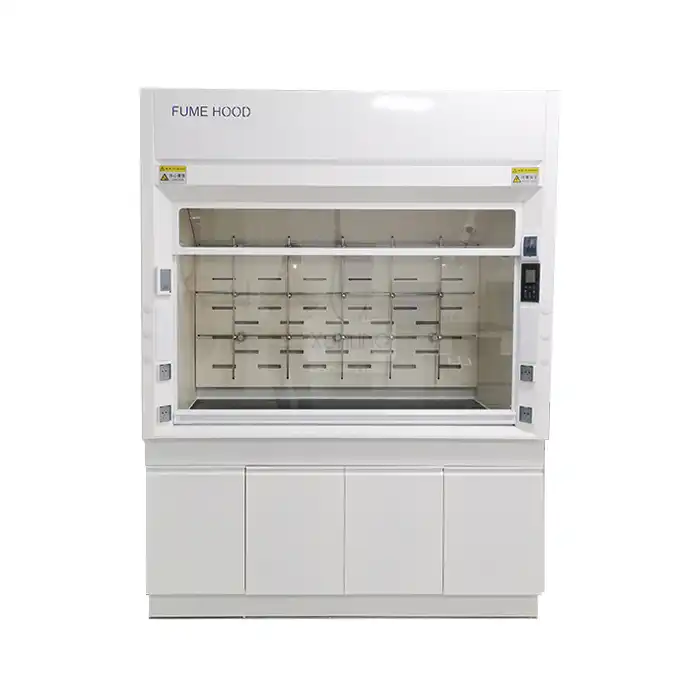
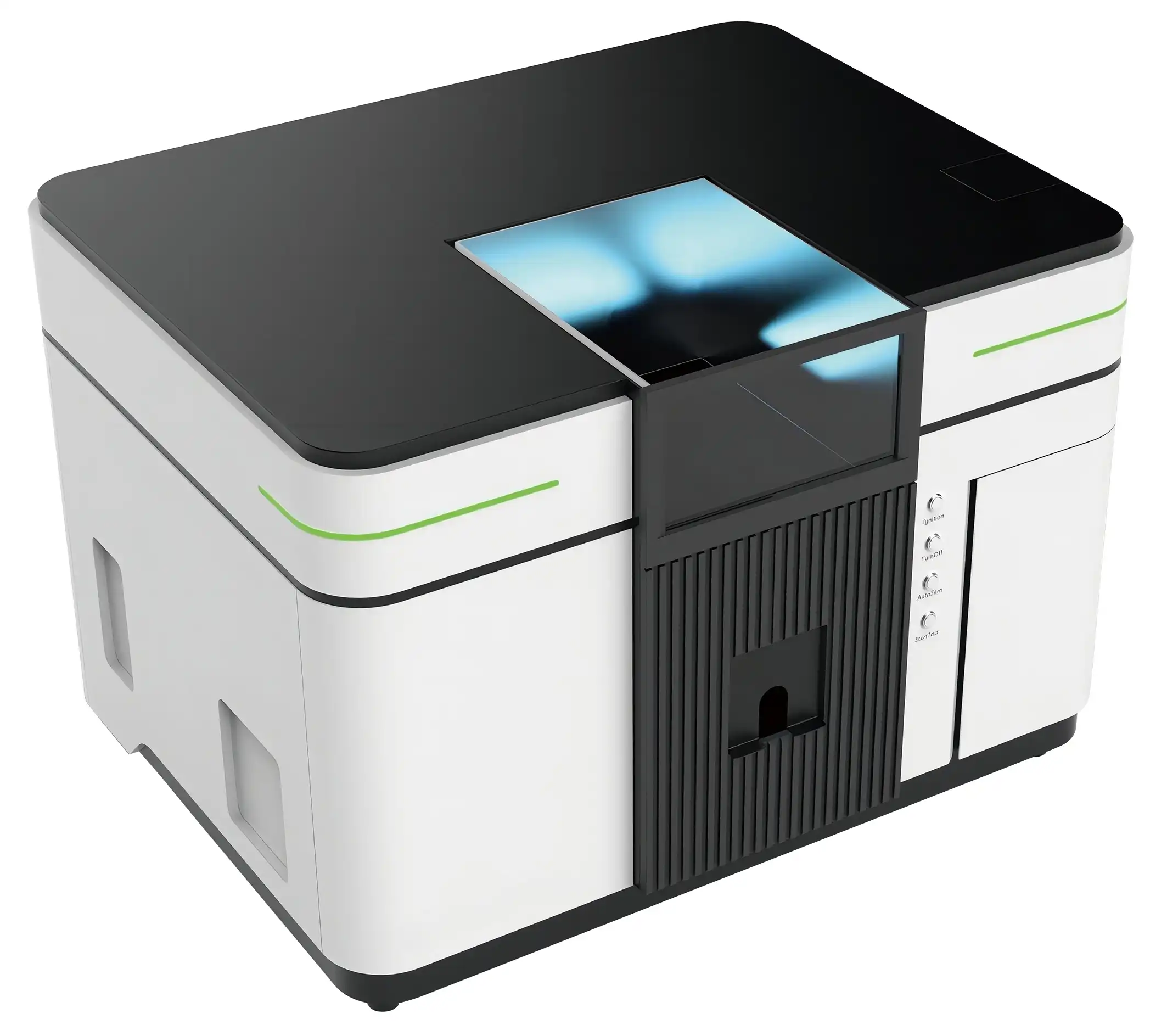
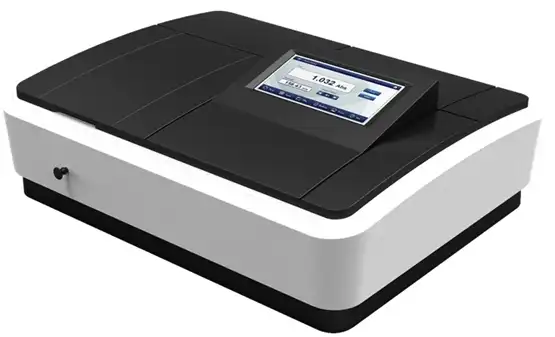
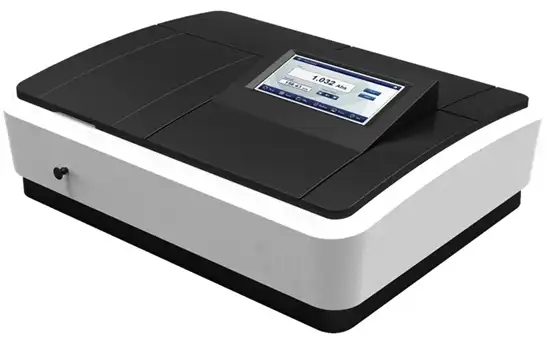
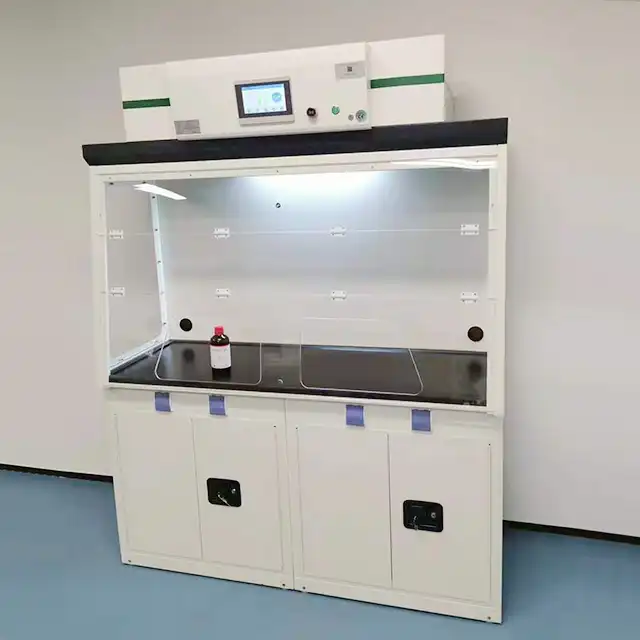
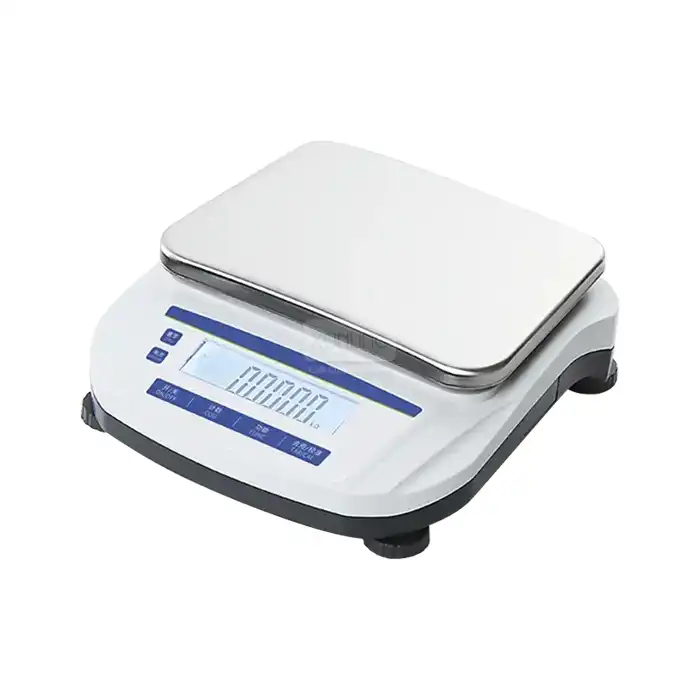
_1735469892197.webp)

